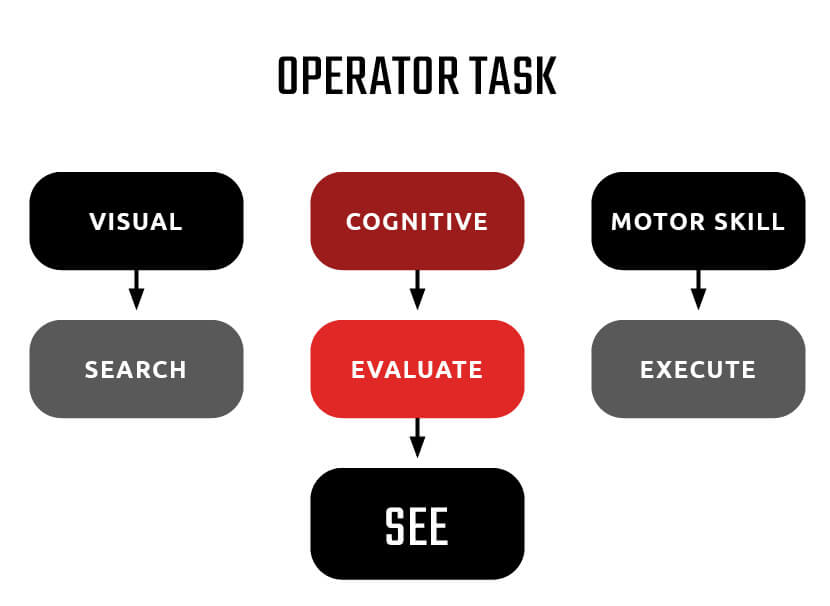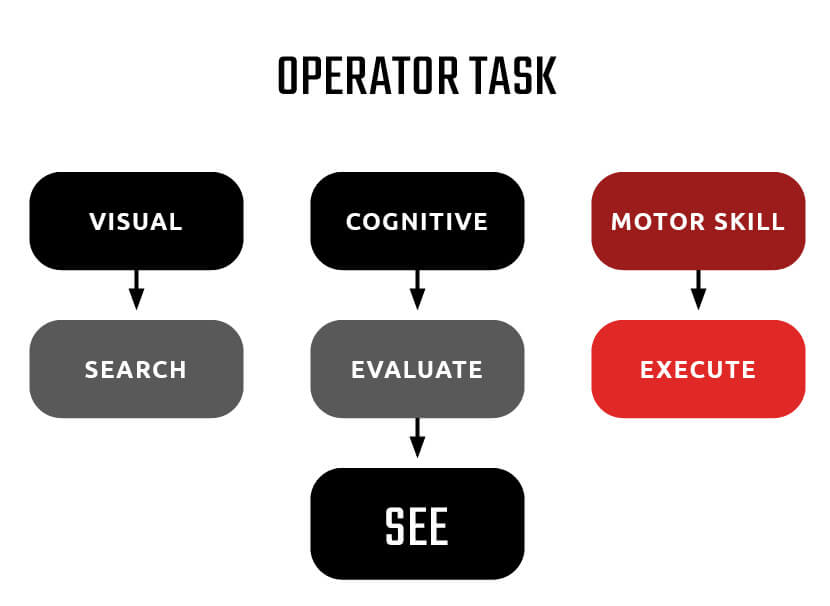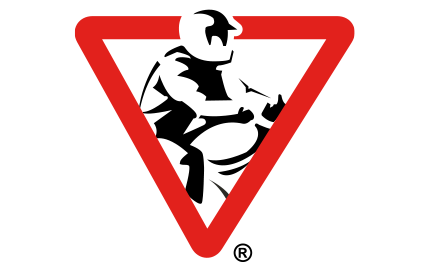Why it Helps to See
The Motorcycle Safety Foundation (MSF), in its Basic RiderCourseSM (BRC) and other curricular products, promotes a three-part process with the acronym SEE (Search, Evaluate, Execute) as the core of a personal safe-riding strategy.
Operating a motor vehicle isn’t passive. It’s a complex task that goes beyond accelerating, braking, and steering. Safe riding and driving demands visual, mental, and physical skills. MSF breaks these down into three simple actions: Search, Evaluate, Execute (SEE). This acronym helps motorists apply these core safety skills when it matters most — on the road.
Analysis
SEE is a strategy that helps riders and drivers maintain a buffer from potential hazards. More than a simple three-step process, it links decision-making with visual awareness — key to staying alert in traffic. For riders to SEE AND BE SEEN is the cornerstone of safe riding.
SEE works for drivers, riders, cyclists, and even pedestrians.
SEE STrategy

Search means to actively scan and identify factors that could create increased risk

Evaluate means to consider potential problems arising from the interaction of those factors

Execute refers to the physical motor skills used to prevent or avoid the resulting hazards.
SEE What’s Coming. Stop What’s Avoidable.
SEE is a simple, effective way to help reduce crashes and works alongside the “two-second rule.”


